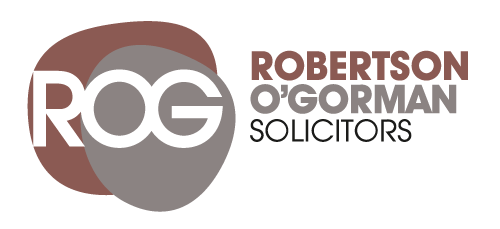The Queensland Law Reform Commission currently has a Reference titled “Review of Queensland’s laws relating to civil surveillance and the protection of privacy in the context of current and emerging technologies”. A Consultation Paper has been produced in that regard.
The Consultation questions are as follows:-
- What consideration should apply to surveillance that is conducted in a public place?
- Should there be a prohibition on the use of surveillance for the purpose of overhearing, recording or listening to a conversation and determining the geographical location of a person, vehicle or object?
- In what circumstances should a person be permitted to use a surveillance device with consent?
- Should there be a general provision permitting the communication or publication of information obtained through the lawful use of a surveillance device?
- How should the admissibility of evidence in Court proceedings of information obtained by the unlawful use of a surveillance device be dealt with?
- Should there be a right to bring civil proceedings in respect of a contravention of the prohibited use of a surveillance device or the prohibited communication or publication of information obtained through the use of a surveillance device?
- Should there be an independent regulator in respect of enforcement powers and, if so, what should that entity be?
The Consultation Paper notes that in Queensland the use of surveillance devices for civil surveillance is not comprehensively regulated and that the principal Act in that regard is the Invasion of Privacy Act 1971 which regulates only the use of listening devices. It is noted that in most other Australian jurisdictions, surveillance devices legislation regulates the use of listening devices, optical surveillance devices, tracking devices and data surveillance devices.
The Queensland Drones Strategy
In June 2018 the Queensland Government released the Queensland Drones Strategy which was designed to “leverage the State’s innovation success to take advantage of new and emerging opportunities in the drones industry”. While noting the potential of drone technology to enhance people’s lives and support communities, the Queensland Drones Strategy also had regard to concern about the adequacy of Queensland legislation to protect the privacy of individuals with the emergence of drones. The privacy aspect of drones are therefore within the current QLRC Reference.
While the questions posed in the Consultation Paper specify the particular topics that are being examined by the QLRC, the actual Terms of Reference directed by the Attorney‑General to the Commission in July 2018 are to recommend whether Queensland should consider legislation to appropriately protect the privacy of individuals in the context of civil surveillance technology.
Unfortunately the Terms of Reference exclude from the review Queensland’s existing law regulating the use of surveillance devices for State law enforcement purposes where the Police Powers and Responsibilities Act regulate the use of surveillance devices by the Police and there is similar regulation by the Crime and Corruption Act. The QPS and CCC are outside the scope of the Commission Review.
The issue of whether there should be a legislative framework to regulate the surveillance of workers by employers using surveillance devices is the subject of a separate Term of Reference to the Commission.
The Consultation Paper notes that there have been a number of recent Law Reform Reviews and other Inquiries which have considered surveillance regulation in Australia. These include the New South Wales Law Reform Commission Report on surveillance in May 2005, the Victorian Law Reform Commission Report on surveillance in public places in June 2010 and the Australian Law Reform Commission Report in 2014 dealing with serious invasions of privacy in the digital era.
The Commission, while looking at more obvious forms of surveillance such as audio and visual surveillance, is also looking at data surveillance, tracking or location surveillance and biometric surveillance.
Data surveillance refers to the systematic use of personal data systems and the investigation or monitoring of the actions or communications of one or more persons and it may include surveillance of a person’s electronic records including those relating to credit cards or loyalty cards, email communications or computer usage and internet activities using tools such as cookies, keystroke monitoring or spyware.
Tracking or location surveillance relates to the observation or recording of a target’s location. Location data may capture the location of a person or object at a point in time or monitor a person’s movements in real time. It may also involve predictive tracking or retrospective tracking based on the data trail of a person’s movements. Examples of location and tracking devices include global positioning system (GPS) and satellite technology tracking, radio frequency identification (RFID) and automatic number plate recognition (ANPR).
Biometric surveillance refers to the collection or recording of biological samples and physical or behavioural characteristics, usually for the purposes of identifying an individual. This may include fingerprints, cheek swabs, iris scans and blood or urine samples as well as face or voice recognition or gait technology.
The Commission is also considering another emerging technology known as ‘smart CCTV’ which combines CCTV cameras with facial recognition software and artificial intelligence (including predictive systems to identify different behaviours). Facial recognition software can automatically analyse video, pick a face from a crowd and identify the individual by comparison with a database of known faces. The person can then be tracked from camera to camera across wide geographical areas without any human intervention. Automated cameras can also be programmed to identify ‘suspicious behaviour’ or ‘threats’, for example an individual entering a restricted access zone or unattended luggage at an airport.
